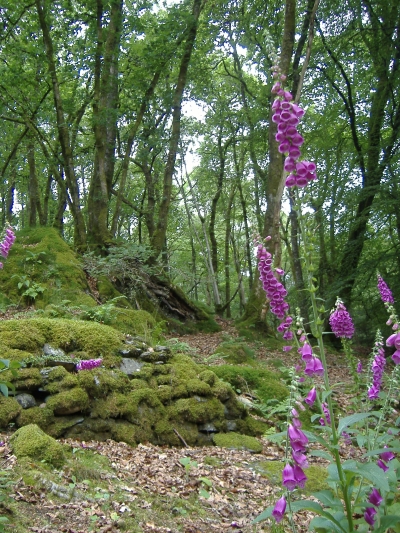Plantlife Important Plant Areas (IPA) Database
Welcome to the Important Plant Areas database
This database holds information on sites identified through the Important Plant Areas Programme. Currently the database holds information on IPAs in Albania, Algeria, Armenia, Belarus, Bulgaria, Croatia, Czech Republic, Egypt, Estonia, Israel, Lebanon, Libya, North Macedonia, Montenegro, Morocco, Palestine, Poland, Romania, Slovakia, Slovenia, Syria, Turkey, Tunisia, Ukraine, United Kingdom.
Using the database
Please use the search function above to access information on IPAs:
- Use the drop down lists to refine your search for specific IPAs; choose a country you are interested in and click through to find out more about each site.
- The tabs detail why the IPA has been identified (species and habitats) and extra information on the location, management, protection, threats etc.
- Factsheets are available to print for each individual IPA and a dot or boundary map can be viewed by selecting the map tab.
The IPA database is potentially available to any national IPA team who wish to identify IPAs, as a tool to store and display their data. Please contact Plantlife for further information. All IPA partners can view the data on this database, but please refer to the terms of use at the bottom of the page and to your data sharing agreements for the full details of using IPA data.
If you have any further enquiries, please contact Fiona Perez, Plantlife's Global IPA Network Co-ordinator fiona.perez@plantlife.org.uk
Aims of the IPA database
The database has been developed to bring all available plant and habitat data together in one place, with the aim of making a selection of key sites, assessing their threats and protection levels, and ultimately to disseminate this data in accessible and consistent formats to a range of audiences who have an influence on the protection and conservation of the IPA.
Background
The original IPA database was developed in 2002 to capture information from the IPAs in the European programme. In 2017 the database was upgraded to accommodate the revision of the global IPA criteria (2016), new mapping and GIS facilities, and more user friendly search options for public viewers.
Data for each site is entered online by national coordinators with secure logins. National coordinators can view but not edit the data from all the other countries in the database. Site factsheets based on the information entered are available via a public access website. The database has provision for confidential treatment of particularly sensitive species.
All national IPA teams using the database develop a data sharing agreement with Plantlife which sets out the details of how the data should be used, any data ownership issues and citations. The general format of these data sharing agreements is based on the model developed by Birdlife International in the Important Bird Area Programme. National teams can download their own dataset from the online database whenever it is needed.
Plantlife and the IPA Programme
Plantlife is coordinating the Global Important Plant Area Network. IPA identification and related plant conservation is carried out by many organisations and institutions across the globe, including Plantlife. If you would like to know more about the work of Plantlife to save wild plants, fungi and their habitats please visit the Plantlife website (http://www.plantlife.org.uk). Information on the work carried out by Kew on TIPAs can be found at: Tropical Important Plant Areas (TIPAs) | Kew.
